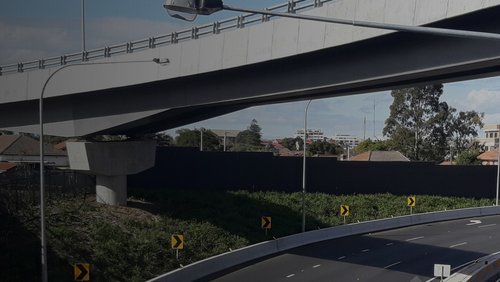1 Dec 2014
This article appeared in Engineering Dimension in December 2014.
On 12 July 2011, David Harding made an application for continued registration as a Chartered Professional Engineer (CPEng).
In that application, he failed to mention he designed the CTV Building in 1986, despite the fact less than five months previously on 22 February 2011, 115 people lost their lives in the building’s catastrophic collapse.
Following the proceedings of the Canterbury Earthquakes Royal Commission, in which Mr Harding’s role as the CTV building designer was established, the Registration Authority instigated an inquiry on its own motion due to concern he failed to disclose his involvement with the building when applying for continued registration. The matter was subsequently referred to a Disciplinary Committee (DC).
The DC acknowledged that current competence is the focus when assessing applications for continued registration, and that work carried out some 25 years earlier wouldn’t normally be considered. The DC also noted the Registration Authority’s application and competency assessment forms are presented in a manner that emphasises the importance of obtaining information in regard to current competence. However, the format of these forms doesn’t prevent the presentation of information from historical experience where that is relevant to the assessment.
The DC wasn’t persuaded there was anything in the process that would inhibit Mr Harding from disclosing his role in the CTV Building’s structural design.
The DC understood the significance of the design faults in the CTV Building may not have been apparent to Mr Harding at the time he completed his application. However, the fact remained he was the primary designer of a building that failed with tragic consequences.
Assessment for registration or continued registration provides an opportunity for assessment and recognition by one’s peers. By failing to disclose his role in the design of the CTV Building, Mr Harding denied his peers the opportunity to make a judgement regarding the relevance of his involvement in this design when assessing his current competence as a professional engineer.
In the DC’s view, it was incumbent on Mr Harding to disclose his involvement in the CTV Building when submitting his application and allow others to take this information into account when assessing his application.
Ultimately, the DC believed the CTV Building collapse and consequent loss of life were of such magnitude that a failure to disclose involvement when applying for continued registration as a CPEng demonstrated a lack of professional judgement that wasn’t acceptable.
The DC found Mr Harding had contravened CPEng Rule 45 in that he’d not acted with integrity and objectivity when submitting his application for continued registration in July 2011.
The DC ordered Mr Harding’s registration be suspended with the requirement for reinstatement being he undertook a reassessment of technical competence in his nominated practice area and satisfied the requirements for registration. In addition, he was ordered to contribute $10,000 in costs.
The DC also ordered the particulars of the case be published in the national press. It further ordered the particulars of the case, including Mr Harding’s name, be published in Engineering Dimension for the purpose of informing and educating other professional engineers. The DC considered the investigation of this complaint also highlighted significant deficiencies in the Registration Authority’s application and assessment processes for registration and continued registration. In the Committee’s opinion, these were inadequate at the time of Mr Harding’s application. The DC considered the profession needs reassurance that standards are being maintained and that engineers assessed as CPEng are indeed worthy of this mark of quality underpinned by the Act. The public needs assurance a CPEng has met, and continues to meet, adequate competency criteria and demonstrably complies with a code of ethical conduct.
It was acknowledged the assessment process has been reviewed and improved since 2011, and that an interactive assessment is now conducted for all candidates for continued registration. This wasn’t normal practice in 2011. However, the DC believed that further changes were needed and strongly recommended that IPENZ, as the Registration Authority, considered how more rigour could be introduced into the process. The DC made a number of specific recommendations in this regard in its report.
In accordance with s 22(5)(b) and s 43(4)(b) of the CPEng Act, the Registration Authority has published the full DC report.
Read the full determination | 482.7 KB
Read the Disciplinary Committee summary | 124.8 KB



